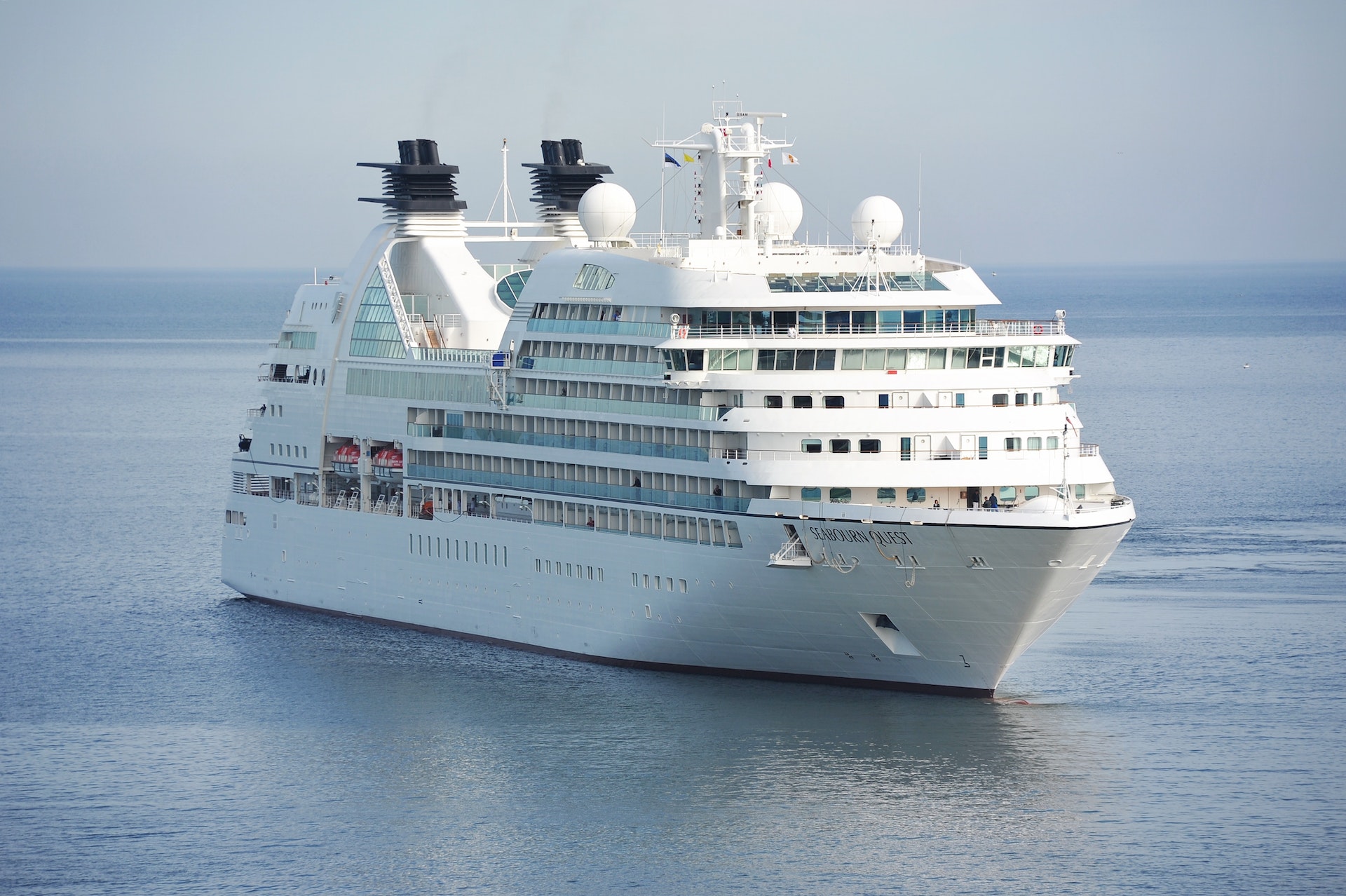Table of Contents
When planning a European vacation, a cruise is often at the top of the list. With so many countries and cities to explore, a cruise is the perfect way to see as much as possible in a short amount of time. However, with different weather patterns and seasonal events, it can be hard to decide when the best time of year to take a European cruise is. In this blog post, we’ll explore the different seasons and help you decide when to book your dream European cruise.
Spring
Spring is a great time to take a European cruise as the weather is starting to warm up, and the crowds are still relatively low. The Mediterranean and Greek Islands are particularly pleasant in the spring with temperatures averaging around 20°C. This is also a great time to visit Northern Europe, as the tulip fields of the Netherlands are in full bloom, and cities like Amsterdam and Copenhagen are starting to come to life after a long winter.
Summer
Summer is the peak season for European cruises and for a good reason. The days are long, the weather is warm, and there are plenty of festivals and events happening across Europe. The Mediterranean is particularly popular during the summer months, with tourists flocking to Italy, Spain, and Greece. Northern Europe is also a great destination during the summer, with long daylight hours and pleasant temperatures making it ideal for exploring cities like St. Petersburg, Stockholm, and Helsinki.
Fall
Fall is a fantastic time to take a European cruise as the crowds start to thin out, and the weather is still mild in many parts of Europe. The Mediterranean is still warm enough for swimming, and cities like Rome and Barcelona are particularly pleasant with temperatures averaging around 25°C. Fall is also a great time to visit Northern Europe as the leaves start to change, and the fjords of Norway become particularly scenic.
Winter
While not the most popular time of year to take a European cruise, the winter months can offer a unique and memorable experience. The Christmas markets of Germany and Austria are particularly popular during December, and cities like Tallinn and Helsinki are transformed into winter wonderlands. Winter is also a great time to visit the Canary Islands, with temperatures in the 20°C range and little rain.
Other Important Considerations
In addition to the weather, another important consideration when deciding when to take a European cruise is the crowds. Europe is a popular destination for travelers from around the world, and during peak travel season, popular ports can be crowded with tourists. If you’re looking for a more relaxed and less crowded experience, consider taking your European cruise during the shoulder seasons.
The shoulder seasons in Europe typically fall in April-May and September-October. During these months, the weather is generally mild and pleasant, and the crowds are smaller than during the peak summer months. Additionally, cruise lines often offer lower prices and promotions during the shoulder seasons to encourage bookings.
Another consideration when planning a European cruise is the events and festivals that take place throughout the year. From music festivals to Christmas markets, Europe is home to a wide range of events and celebrations that can add an extra layer of excitement and cultural immersion to your cruise experience. Research the events and festivals taking place during the time period you’re considering and plan your itinerary accordingly.
Ultimately, the best time of year to take a European cruise will depend on your personal preferences and priorities. If you’re looking for warm weather and bustling ports, the peak summer months may be the best option for you. If you prefer a more relaxed and affordable cruise experience, consider the shoulder seasons. And if you’re interested in experiencing Europe’s rich cultural traditions and events, plan your cruise around the many festivals and celebrations that take place throughout the year.
